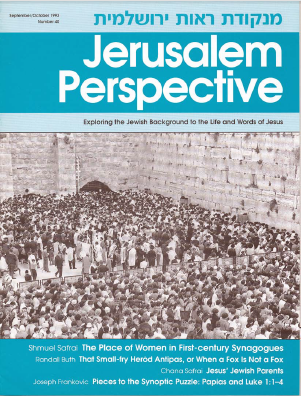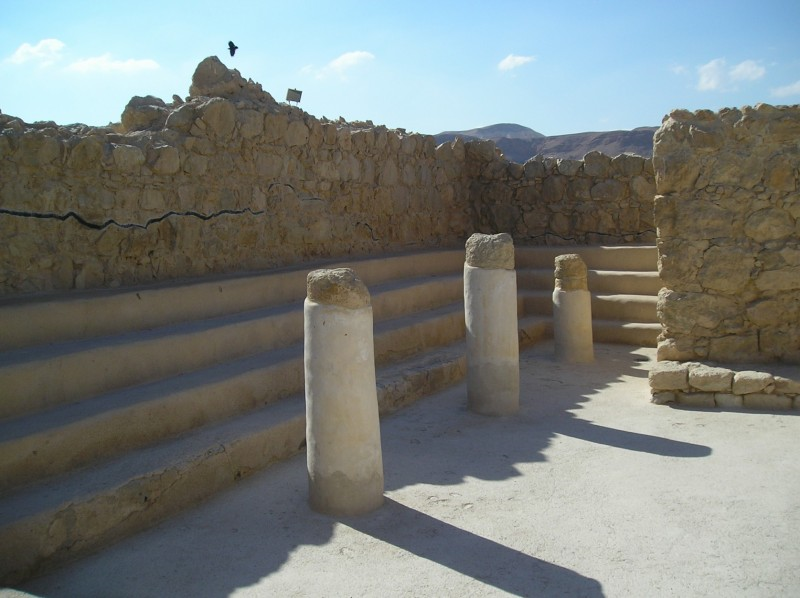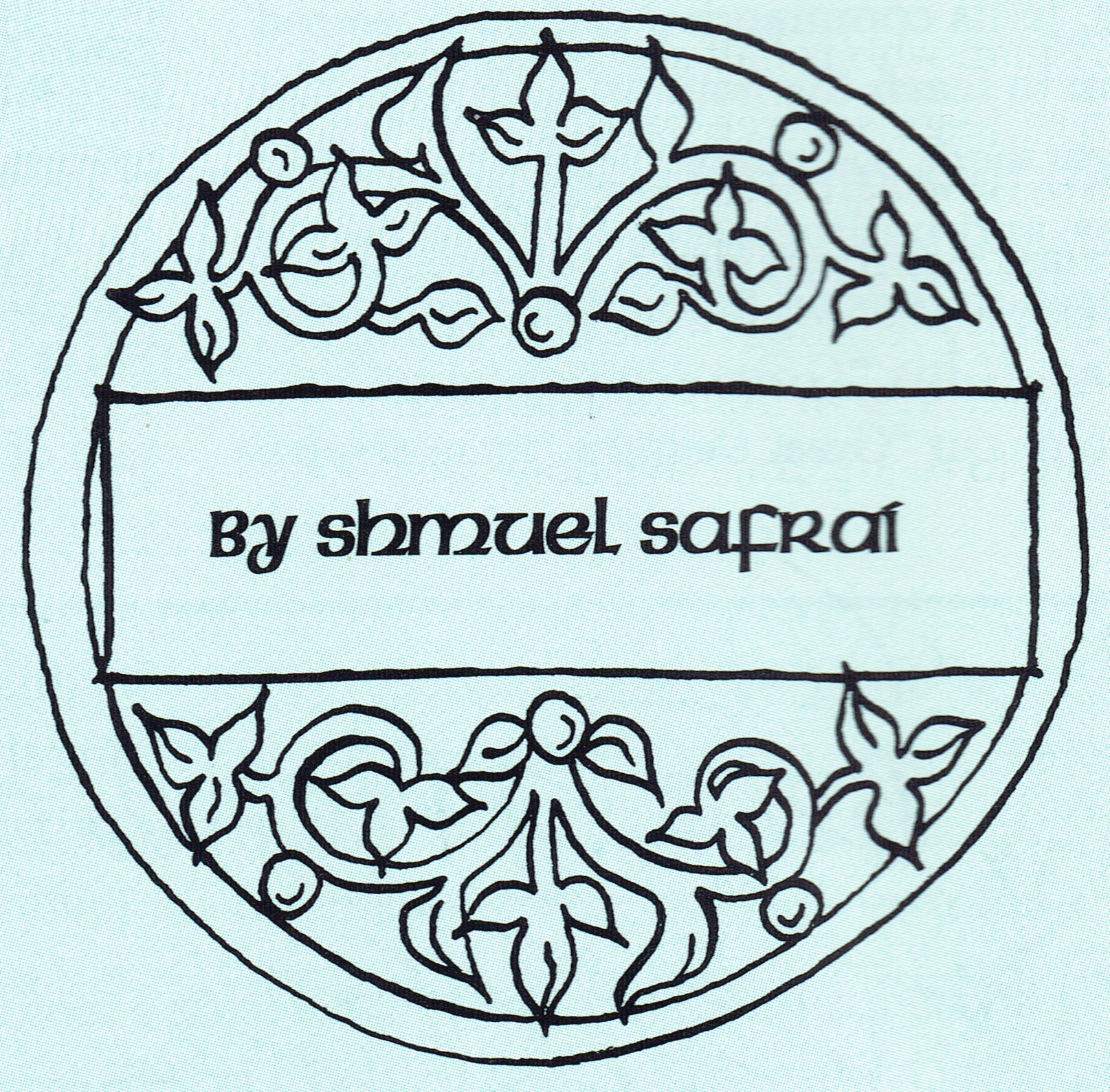In the time of Jesus there was no separation of the sexes in the synagogue[21] and women could be counted as part of the ten individuals needed for a religious quorum. This allowed women to be much more active in the religious life of the community than they are today.
The “Ten”
According to halachah, in order to have a congregation, or edah, a minimum of ten persons must be present. Boaz gathered ten elders of Bethlehem to witness the legal transaction that gave him possession of the land that belonged to Naomi, and Ruth the Moabitess as his wife.[22] By the first century C.E. it was established that every public or official religious gathering must have ten persons. Therefore, public or congregational prayer could not be conducted without that minimum presence.
Premium Members and Friends of JP must be signed in to view this content.
If you are not a Premium Member or Friend, please consider registering. Prices start at $5/month if paid annually, with other options for monthly and quarterly and more: Sign Up For Premium

- [1] Num. 6:24-26. ↩
- [2] Literally, “standing and sitting.” As the mourners returned from the burial, they stopped seven times to lament the deceased. ↩
- [3] A vow to dedicate to the temple an amount equal to one’s value (if sold into slavery), or equal to the value of someone else. ↩
- [4] Babylonian Talmud, Berachot 47b. ↩
- [5] Jerusalem Talmud, Berachot 9d. ↩
- [6] Babylonian Talmud, Avodah Zarah 38a-b. ↩
- [7] Soferim 18:4. ↩
- [8] Mishnah, Berachot 4:3. ↩
- [9] Mishnah, Berachot 3:3. ↩
- [10] David Bivin, “Prayers for Emergencies,” Jerusalem Perspective 37 (Mar./Apr. 1992): 16-17. ↩
- [11] Shmuel Safrai, The Land of Israel and Its Sages in the Mishnaic and Talmudic Period (Tel Aviv: United Kibbutz Publishing Co., 1983), pp. 100-101 (Hebrew); idem, "Was There a Women’s Gallery in the Synagogue of Antiquity?" Tarbiz 33 (1963-1964): 329-338 (Hebrew); Bernadette J. Brooten, Women Leaders in the Ancient Synagogue [Chico, CA: Scholars Press, 1982], pp. 103-138. ↩
- [12] Shmuel Safrai, “The Role of Women in the Temple,” Jerusalem Perspective 21 (Jul./Aug. 1989): 56. ↩
- [13] Mishnah, Yoma 7:1; Babylonian Talmud, Yoma 69b. ↩
- [14] The assembly of “men, women, children and aliens” for the public reading of Torah, held every seven years during the Feast of Tabernacles (Deut. 31:10-13). Cf. Mishnah, Sotah 7:8; Babylonian Talmud, Sotah 41b. ↩
- [15] Safrai, The Land of Israel and Its Sages, 97-98. ↩
- [16] Tosefta, Arachin 2:1. ↩
- [17] Mishnah, Bikkurim 1:5; 3:6. ↩
- [18] Babylonian Talmud, Sukkah 51b-52a; cf. Mishnah, Middot 2:5. ↩
- [19] Babylonian Talmud, Megillah 23a; Tosefta, Megillah 3:11. ↩
- [20] 1 Cor. 14:34-35. ↩
- [21] The modern custom of separating men and women in the synagogue is perhaps due to the influence of Islam, from approximately the seventh century C.E. onward. ↩
- [22] Ruth 4:2. ↩



![Shmuel Safrai [1919-2003]](https://www.jerusalemperspective.com/wp-content/uploads/userphoto/20.jpg)
